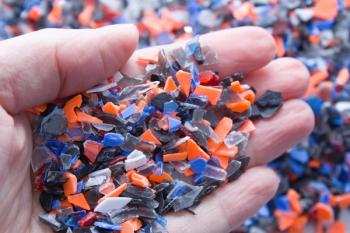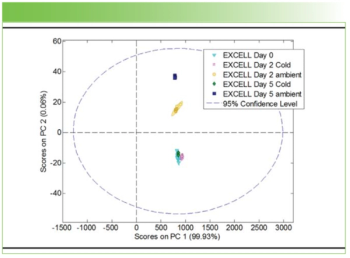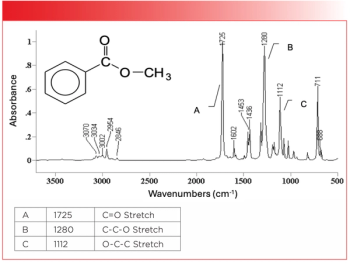
Inside the Laboratory: The Weker Group at SLAC National Accelerator Laboratory, Part II
In Part 2 of our video interview with Johanna Weker of SLAC National Accelerator Laboratory, she discusses nutrient recovery systems and how X-ray techniques can improve them.
"Inside the Laboratory" is a joint series with LCGC and Spectroscopy, profiling analytical scientists and their research groups at universities all over the world. This series spotlights the current chromatographic and spectroscopic research their groups are conducting, and the importance of their research in analytical chemistry and specific industries. In this edition of “Inside the Laboratory,” Johanna Nelson Weker of SLAC National Accelerator Laboratory discusses her laboratory’s work in battery analysis (1,2).
In Part 1, Weker discussed synchrotron-based X-ray tools and how they help uncover failure mechanisms in materials like batteries or electrolyzers. In Part 2, Weker discusses nutrient recovery systems and how X-ray techniques can improve them.
Will Wetzel: Your research also touches on nutrient recovery systems. How do X-ray techniques contribute to improving these systems, and what are some of the most promising developments you've seen so far?
Johanna Nelson Weker: So, the nutrient recovery systems that we're looking at have the common theme with the electrolyzers that we're looking at, electrified interfaces, essentially. So, these are membranes. Sometimes we're using resins as well and using electrochemistry to recover things like phosphorus or nitrogen from wastewater materials. The idea is that you want a cyclic economy, rather than taking nitrogen from the air. We can take it from the wastewater and bring it back to form fertilizers, for example. So, we're looking into recovery techniques. This is a wide-open space. There's a lot of work that can be done in improving recovery. A lot of the problems with recovery are that your wastewater is very different from day to day, even if it's the same wastewater system, and replicating those variations in the lab is very difficult.
One of the things that we're doing is simulating wastewater, but also taking wastewater from a real wastewater facility. Of course, that wastewater has already been treated, but the nutrients are still in there, and so we're trying to replicate the variation in wastewater that we would see in a realistic system. We’re using X-ray spectroscopy and mapping, so imaging, and we are doing this, not in an in situ fashion, not while the system is running like we did with the electrolyzers, but after we've run the system for a while. We recover either the resins or the membranes, and we look at what material has been deposited on them, and for the resins, if there is a metal site that's helping the recovery, we also look at the chemistry of that. For the X-rays, we can do maps of where the calcium, where the silicon, and where the phosphorus are deposited on the membrane. And we can also take that same probe and look at the spectrum to get the chemistry of those different materials. So not only that, there's calcium there, but what type of calcium? So, we can get a lot of information about what's being deposited on the membranes, which tells us the failure mechanisms of these membranes. They're not allowing water and wastewater to go through, and the nutrients to go through, because they're being collected on the membrane.
This interview segment is part 2 of a four-part interview with Weker.
References
- SLAC – National Accelerator Laboratory, About Us. Stanford.edu. Available at:
https://www6.slac.stanford.edu/about/our-story (accessed 2025-04-29). - SLAC – Stanford Battery Center, Johanna Weker. SLAC.Stanford.edu. Available at:
https://batterycenter.slac.stanford.edu/person/johanna-weker (accessed 2025-04-29).
Newsletter
Get essential updates on the latest spectroscopy technologies, regulatory standards, and best practices—subscribe today to Spectroscopy.





